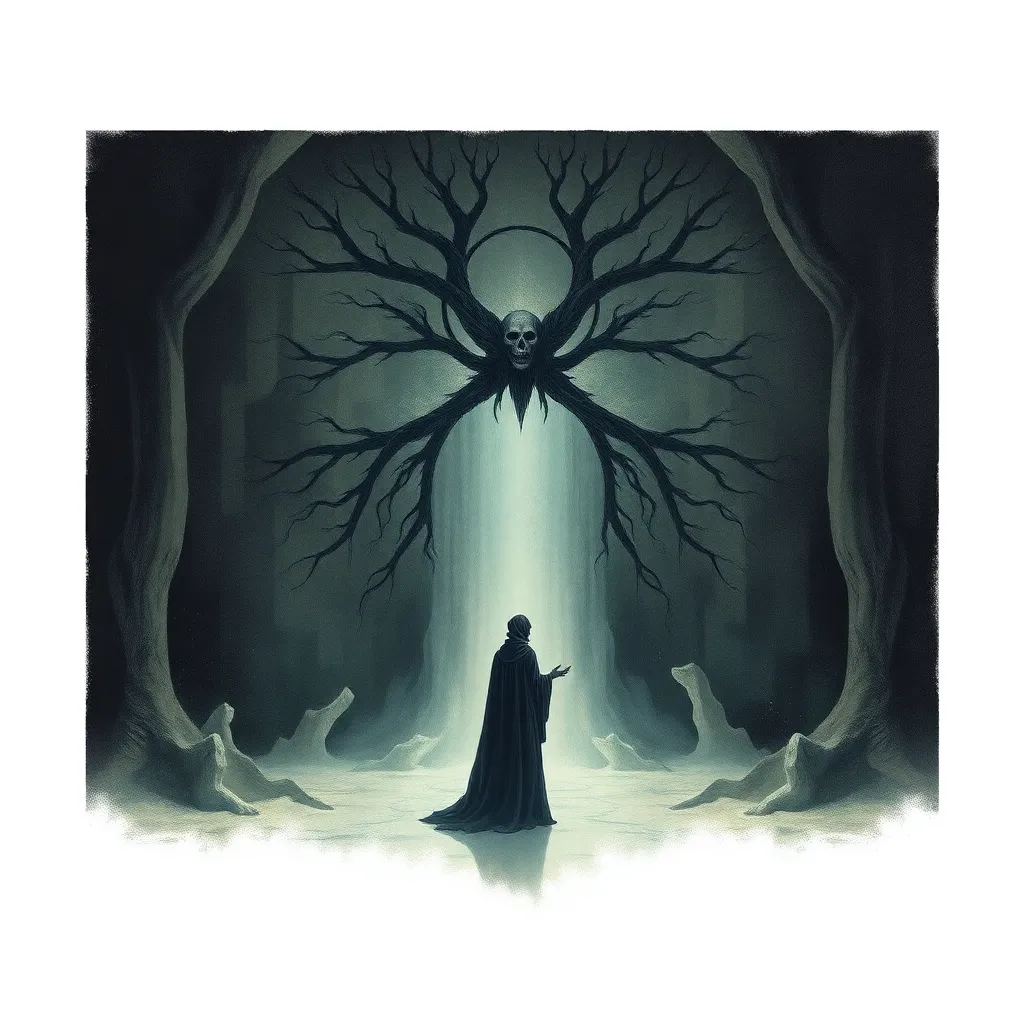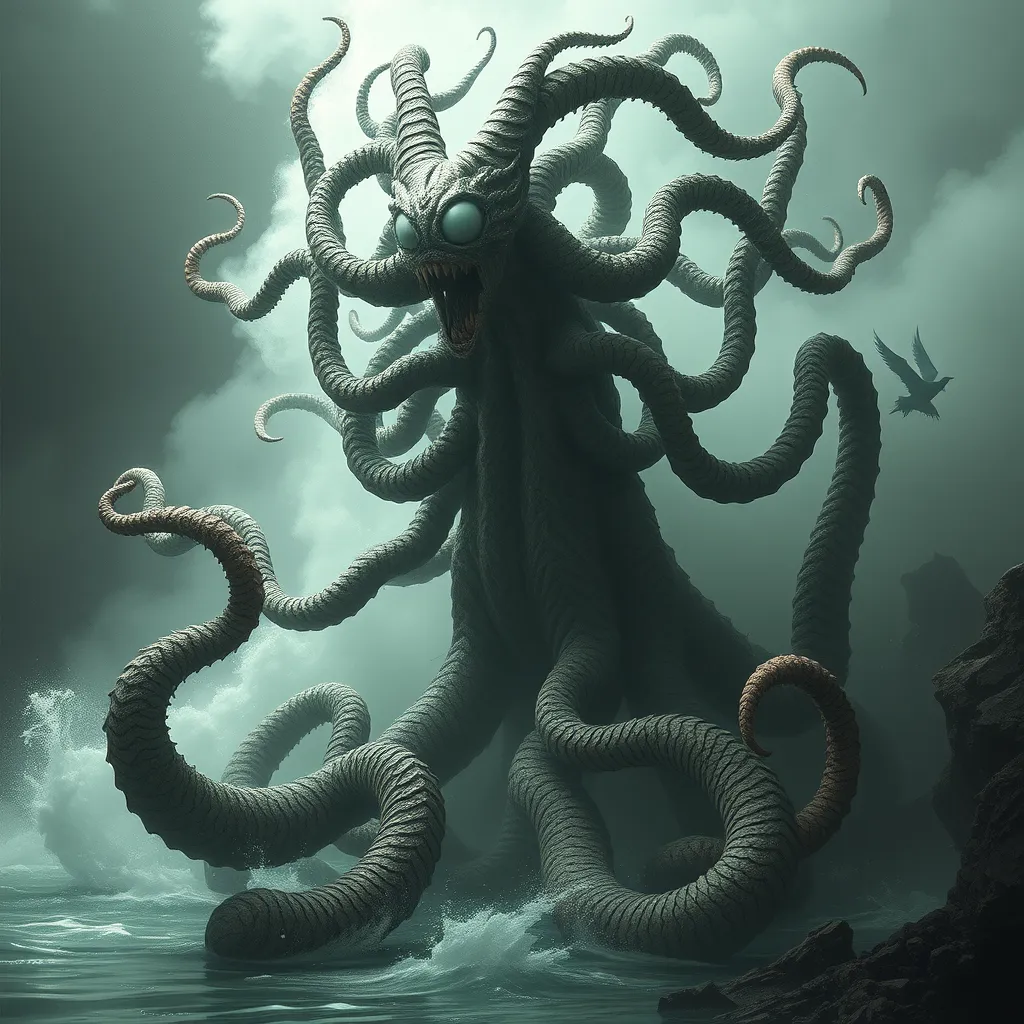Korean Gnomes: The Dokkaebi and the Tricksters of Folklore
I. Introduction
Korean folklore is a rich tapestry woven with myths and legends that reflect the cultural heritage and beliefs of the Korean people. Among its many fascinating elements, the Dokkaebi stands out as a unique and captivating mythical creature. These beings, often described as supernatural gnomes or goblins, embody the spirit of trickery and mischief that permeates many folktales.
The aim of this article is to delve into the nature and stories of the Dokkaebi, exploring their origins, characteristics, and the lessons they convey through traditional narratives.
II. The Origins of Dokkaebi
The origins of the Dokkaebi can be traced back to ancient Korean culture, where they were believed to inhabit the mountains and forests. Their historical background reflects a blend of indigenous beliefs and influences from neighboring cultures, particularly during the periods of the Three Kingdoms and the Goryeo Dynasty.
Over the centuries, the myth of the Dokkaebi evolved, adapting to changing societal values and norms. Initially seen as malevolent spirits, they gradually transformed into more complex figures who could be both helpful and harmful. This duality is a hallmark of many mythical creatures around the world.
When compared to other folklore creatures globally, such as the European goblins or the Japanese tengu, Dokkaebi share similarities in their trickster nature but also possess unique attributes that are distinctly Korean.
III. Characteristics of Dokkaebi
Dokkaebi are often depicted with distinctive physical attributes. They are typically portrayed as having a humanoid form, but with exaggerated features such as large eyes, horns, and sometimes a prominent belly. Their appearances can vary, reflecting the playful and unpredictable nature of these creatures.
One of the most intriguing aspects of Dokkaebi is their magical powers. They are known to possess abilities such as:
- Shape-shifting: Dokkaebi can transform into various forms, often to deceive humans.
- Control over objects: They can manipulate objects and create illusions, making them formidable tricksters.
- Bestowing good fortune: In some tales, they grant wealth or luck to those who outsmart them.
Common traits of the Dokkaebi include mischievousness and trickery. They enjoy playing pranks on humans, often leading to humorous situations that convey moral lessons.
IV. Dokkaebi in Folktales and Legends
Several notable stories feature Dokkaebi, showcasing their complex role in Korean folklore. One famous tale involves a clever farmer who outsmarts a Dokkaebi to earn a fortune. Another story tells of a traveler who befriends a Dokkaebi, leading to unexpected adventures.
The themes and morals within these tales often revolve around:
- The importance of wit and cleverness in overcoming challenges.
- The idea that appearances can be deceiving, and one should not judge solely based on looks.
- The balance between good and bad fortune, highlighting the unpredictable nature of life.
Dokkaebi play a crucial role in teaching life lessons, often serving as catalysts for change in the lives of the protagonists. Their presence underscores the idea that misfortune can lead to unexpected opportunities.
V. The Trickster Archetype in Korean Folklore
The trickster archetype is a significant figure in folklore across cultures, representing the duality of human nature. In Korean folklore, Dokkaebi embody this archetype through their actions and interactions with humans.
Dokkaebi not only engage in mischief but also possess wisdom and insight, often challenging societal norms and expectations. This duality makes them relatable figures, as they reflect the complexities of human behavior.
When compared to other trickster figures in world folklore, such as the African Anansi or the Native American Coyote, Dokkaebi share common traits but carry unique cultural significance that resonates with the Korean identity.
VI. Cultural Representations of Dokkaebi
Dokkaebi have been represented in various forms of traditional art and literature. Paintings, sculptures, and folktales often depict these creatures in vibrant and dynamic ways, reflecting their playful nature.
In modern times, Dokkaebi have made their mark in media and entertainment. They appear in:
- Television dramas, often portrayed as quirky yet lovable characters.
- Films that explore themes of fantasy and folklore.
- Video games that incorporate Dokkaebi as playable characters or antagonists.
The impact of Dokkaebi on Korean popular culture is profound, as they symbolize a connection to the past while remaining relevant in contemporary storytelling.
VII. The Symbolism of Dokkaebi
Dokkaebi represent a complex symbolism within Korean culture. They are often seen as symbols of both good fortune and misfortune, reflecting the duality of their nature. In some stories, they bring wealth and luck to those who deserve it, while in others, they serve as reminders of the consequences of greed and dishonesty.
This duality is further emphasized by their roles as helpful versus harmful beings. While they can assist those who treat them with respect, they can also wreak havoc on those who try to deceive them.
Dokkaebi serve as a reflection of societal values and beliefs, illustrating the balance between chaos and order in human life. They remind us of the importance of cleverness, humility, and respect for the unknown.
VIII. Conclusion
In conclusion, Dokkaebi hold a significant place in Korean folklore, embodying the essence of trickery and the complexities of human nature. Their stories and characteristics offer insights into cultural values and societal norms, making them timeless figures in Korean tradition.
The enduring legacy of Dokkaebi in contemporary culture reflects the continued importance of folklore traditions in preserving identity and heritage. As we explore and celebrate these mythical creatures, we also recognize the vital role they play in connecting generations and fostering a sense of belonging.
Ultimately, preserving and sharing the stories of Dokkaebi is essential, as they embody the rich cultural tapestry of Korea and offer valuable lessons for future generations.



